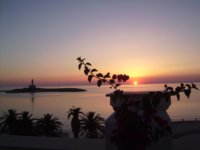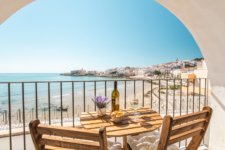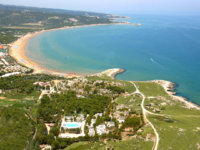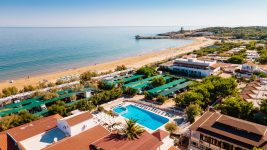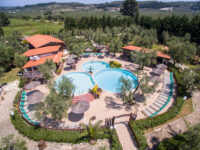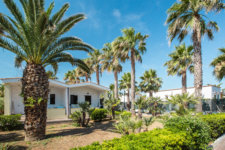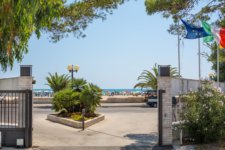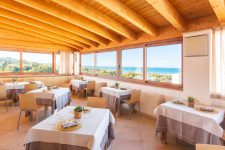There is a special bond between Puglia and the lands bathed by Eastern Mediterranean, bond that appears in all its force if one compares thetypical architecture and the traditions of the peoples bordering the lower Adriatic, the Ionian and Aegean seas.
Commercial and cultural exchanges between the opposite shores of the Adriatic have always been rich and frequent, making these seas, since ancient times, a bridge to the East, a link between Latin and Hellenic culture.
A jagged coast interspersed with beaches and villages overlooking the crystal clear sea, fishing villages with white houses and narrow irregular alleys: these are the landscapes that we can observe both in the Greek islands, both along the coast of the Gargano.
The common history begins in the 706th century BC when the Greek polis began to colonize Puglia, especially the area of Taranto (whose foundation dates back to XNUMX BC) and Messapia (ie "Land between two seas"), the today's Salento peninsula, where the town of Otranto played a very important role.
Over the centuries the Greeks also colonized the area of Durres, in Albania, Dalmatia (between present-day Montenegro and Croatia) and northern Puglia, with the foundation of the city of Adria (present-day Andria) and Apeneste on the Gargano .
Very important for the populations of the lower Adriatic was the cult of goddess Aphrodite (in ancient Greek: Ἀφροδίτη, Aphrodítē), depicted in many statues, such as the one found on the fascinating Greek island of Milos .
The goddess of beauty and love, born from the foam of the sea and renamed "Venus" by the Romans, she is also the goddess who makes navigation safe: "Aphrodite Sosandra" ("who saves men").
Votive inscriptions to this goddess have also been found in a cave on the islet of Sant'Eufemia, where the lighthouse of Vieste is located.
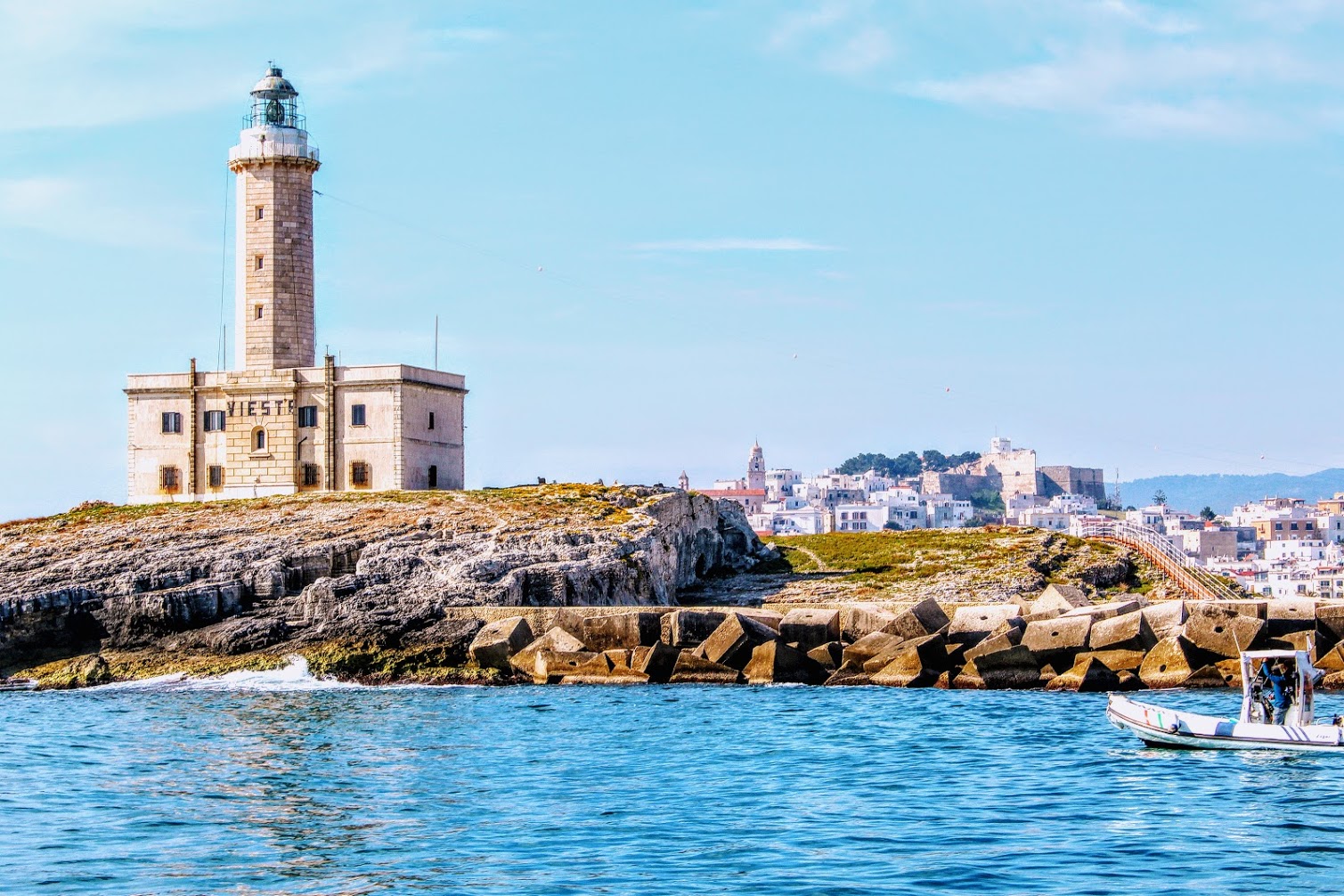
The influence of Greek culture continued in an important way until the Middle Ages, a period in which most of the territories of the lower Adriatic were under the dominion of theByzantine empire.
The oriental influence on the art and culture of these areas is still evident today, such as the extensive use of the color gold in sacred iconography. St. Nicholas of Myra, patron saint of Bari, is a central figure for the Greek Orthodox Church.
Even today in Salento there is still an area located in the hinterland, the "Grecia salentina" where a linguistic minority speaks griko or greek, derived from ancient Greek.
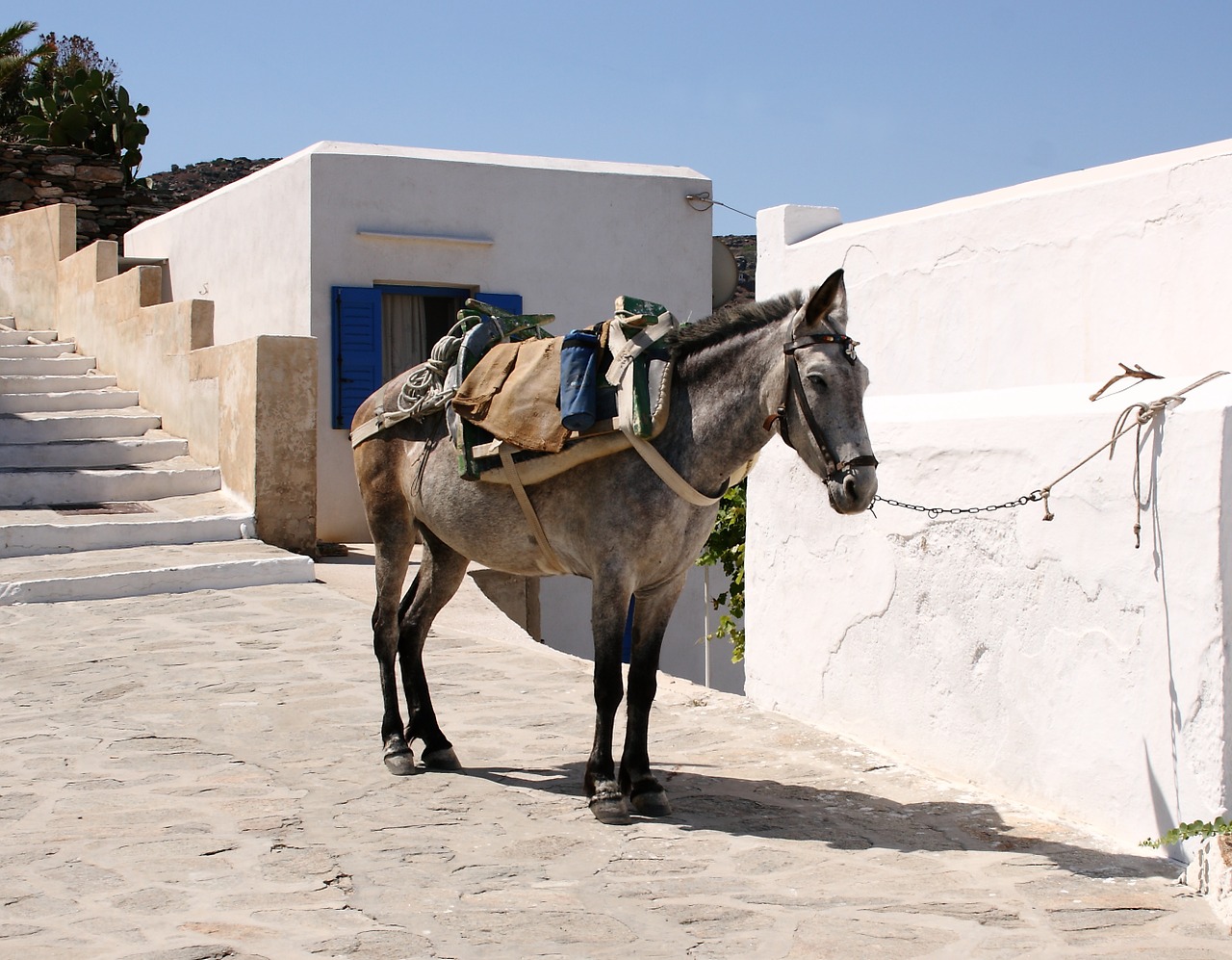 In a time when there were no highways, the sea has been for centuries the easiest way to move and transport goods, thus making exchanges very frequent between these peoples who have created a very ancient common culture, to be rediscovered with a slow-paced journey, letting yourself be cradled by the waves of the blue sea, getting lost in a magical Mediterranean atmosphere.
In a time when there were no highways, the sea has been for centuries the easiest way to move and transport goods, thus making exchanges very frequent between these peoples who have created a very ancient common culture, to be rediscovered with a slow-paced journey, letting yourself be cradled by the waves of the blue sea, getting lost in a magical Mediterranean atmosphere.


 Turismovieste.it is created by
Turismovieste.it is created by 